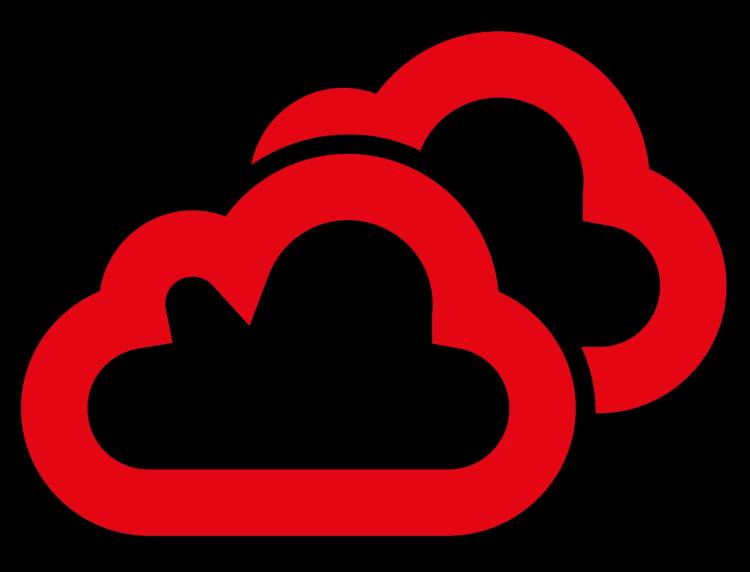GE’s recent acquisition of ServiceMax, a cloud-based field service solutions provider, marked the first billion-dollar SaaS (software as a service) acquisition by a company outside the traditional software business. The move not only underscores the growing importance of SaaS and digital to companies beyond the technology space, it’s also evidence of the tremendous importance of the cloud. As we close out 2016 and move into a new year, I predict we’ll see many more billion dollar acquisitions of SaaS companies by both non-traditional and traditional tech organizations.
We’ve seen ample proof lately that the future growth of IT spend will be in the cloud and that the battle for owning a piece of that cloud opportunity has become a top priority. Amazon Cloud services this past quarter generated more profit than its entire ecommerce business, highlighting both the scale and the fact that future leaders in the cloud may come from non-intuitive places. Google is making a huge bet on the future of the cloud business and has brought on VMware founder Diane Greene to lead that charge. And Microsoft’s results speak to the growing importance of the cloud strategy for even the largest traditional tech players.
The cloud has driven unprecedented SaaS buy-ups
Enterprise software organizations, private equity firms, and even other SaaS companies all want to be part of the $1 trillion cloud market opportunity and latch onto the SaaS growth estimated to more than triple over the next five years. Over this past summer, we saw companies of all types set precedents and break records by making SaaS acquisitions. Microsoft made the largest acquisition in its 30+ year history when it purchased LinkedIn in June for $26 billion. Salesforce has made a record number of SaaS acquisitions in the last 12 months, including its $2.4 billion purchase of Demandware in July, which marked the largest acquisition it had ever made. Vista Equity Partners has been aggressively bidding for SaaS businesses all year (including its purchase of Marketo for $1.79 billion in May), doing so at high revenue multiples, not traditional EBITDA multiples. And despite conflicts with Larry Ellison’s majority control of the company, Oracle decided it wanted to own NetSuite, buying it for approximately $9.3 billion in July.
It’s clear that the SaaS merger and acquisition (M&A) craze is more than a passing fad and that the cloud is helping to drive that trend. In fact, I believe 2016 and 2017 will go down in history as the years the cloud hit escape velocity.
The timing’s right
The recent increase in SaaS acquisitions has been driven by a variety of factors. First and foremost, of course, is the huge opportunity in the cloud. Success in the cloud is driving most tech and non-tech buyers to pursue a cloud strategy or be left behind. The combination of several years of a soft IPO market and billions of dollars of extra cash on the balance sheets of corporate buyers also makes it an extremely compelling environment for M&A to happen.
Over the next several years, we’ll continue to see cloud growth drive SaaS acquisitions in traditional and non-traditional technology spaces. The trend will not only be influenced by some of those factors we’ve discussed already but also by the growing recognition that it’s no longer enough to simply have technology as an internal competitive edge. In today’s market it is incumbent on all types of organizations to deploy technology for customer-facing competitive advantage.
Industrial and digital converge
GE is an excellent illustration of the ways non-traditional technology companies are moving to the cloud and SaaS. GE had always been known as a product company, but in September of 2015 it launched GE Digital, making a bid to become “the world’s premier digital industrial company” (see Owen).
Once it focused on becoming a digital company, GE knew that enabling the digitization of service operations for the largest industrial companies in the world was a massive opportunity. ServiceMax, a longtime partner, worked closely with GE and its GE Digital division to help map out a vision for its digital field services. Over time, GE deployed ServiceMax’s SaaS solution in over nine of its divisions to manage complex field service operations, scheduling, and people and parts, all using mobile (smart phones and iPads) to deliver enterprise cloud solutions to its global remote workforce.
A little more than a year after participating in an $82 million funding round for ServiceMax — and with an eye toward advancing its digital services capabilities — GE decided to acquire the company.
The future of SaaS opportunities
As we see the SaaS acquisition craze continue to grow over the next few years, the battles for dominance will be fought at several levels:
- Platform level where Amazon, Google and Microsoft are going head to head – not for startups
- Horizontal SaaS applications (functional applications like Salesforce (CRM), SuccessFactors (HR), Workday (HR & Financials) – getting harder to find the whitespaces
- Vertical Market SaaS – Veeva (LifeSciences), OPower (Utility), Guidewire (Insurance) – lots of opportunities here, though market size can be an issue
- Next generation platforms – AR/VR, Drones, Location and AI/Machine Learning are the most interesting new platforms enabling new SaaS opportunities – still emerging, but the greatest upside
As those battles gain fever pitch, we will look back on 2016 as the watershed year when the cloud hit escape velocity and became the acknowledged core strategy for the technology winners of the future. The recent frenzy of SaaS acquisitions is further evidence of the imperative to become relevant in the Cloud.
Jason Green is General Partner, Emergence Capital Partners. Follow him on Twitter: @jasonegreen.


